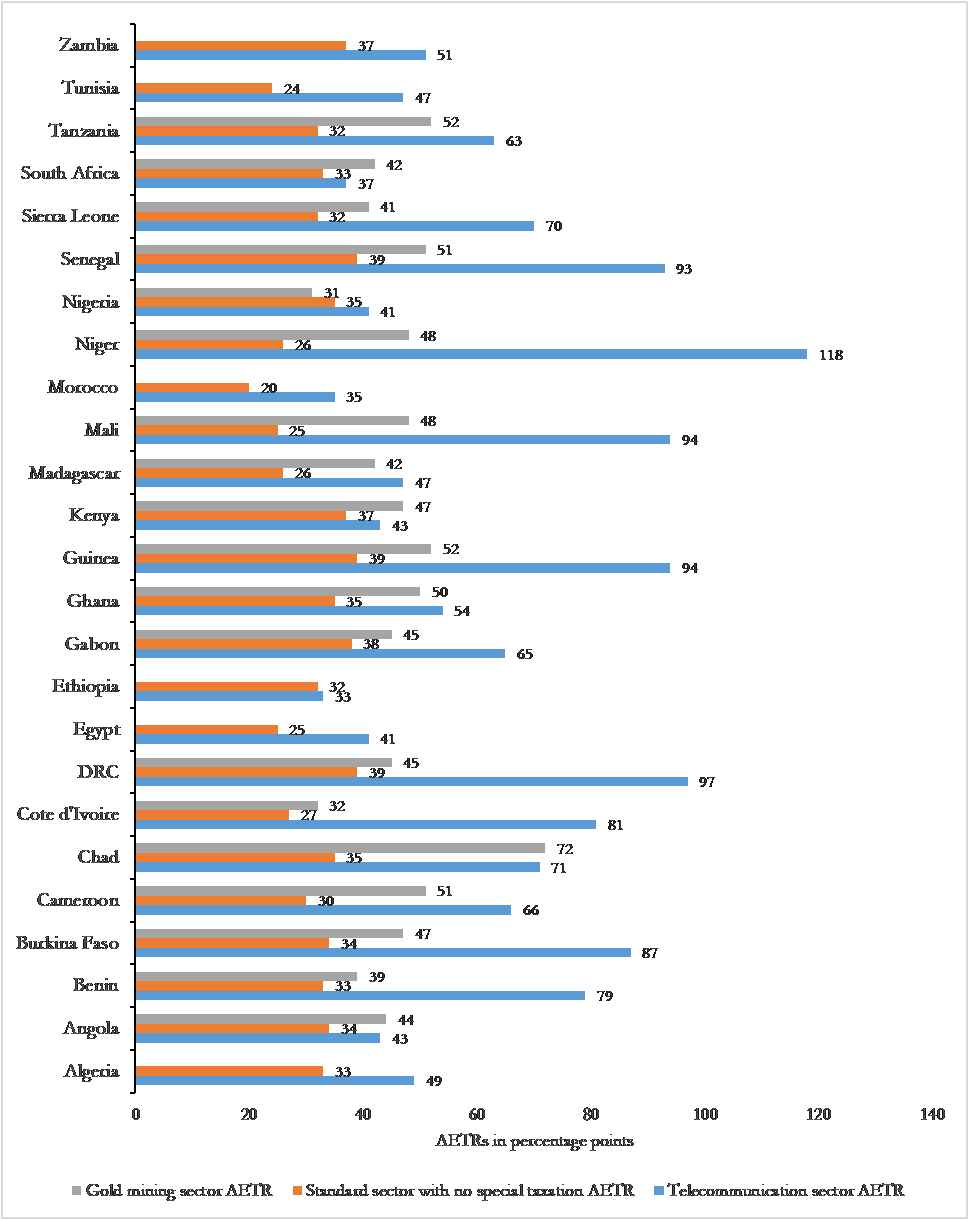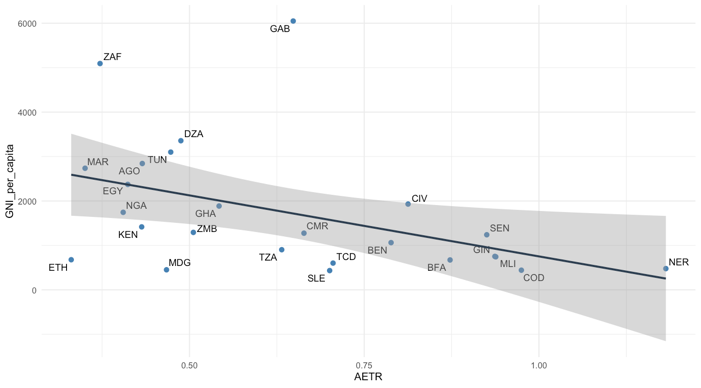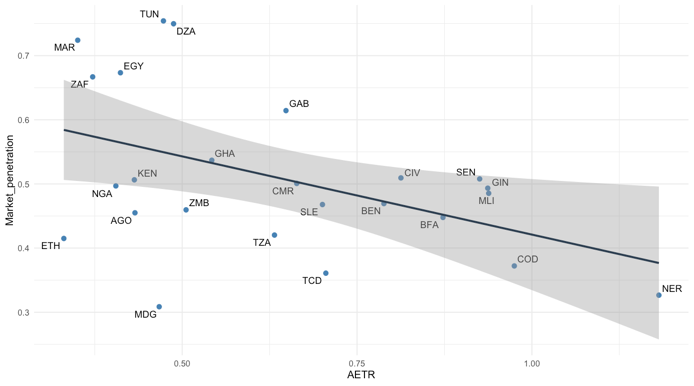Agriculture is at the heart of the issues of economic growth, political stability, and the fight against climate change in Africa, is an observation which is widely recognized. However, even…
Agriculture is at the heart of the issues of economic growth, political stability, and the fight against climate change in Africa, is an observation which is widely recognized. However, even today, the funds mobilized by African governments for food and agriculture fall short of the targets set. While the FAO estimates that 10% of African national budgets should be dedicated to these sectors in order to achieve economic and social development, in reality these sectors’ budgets are generally too low, poorly spent, and inefficient (FAO, 2021). The fact that such an essential sector remains a victim of chronic under-investment demonstrates the extreme complexity of the challenge facing Africa. The urgency of improving financing for African agriculture is widely recognized, but implementation has been stubbornly lacking.
So, the sector is still marked by the failure of the various state banks created in many African countries to finance the development of the agricultural sector. As for traditional banks, they are often reluctant to direct their financing products towards agricultural actors which are perceived as too risky, too informal, and too fragmented.
Yet, banks have an essential role to play in the future of African agriculture. How can we learn from the mistakes of the past and propose solutions adapted to the financing of African agriculture?
Participating in a learning and exchange process
The analysis of agricultural value chains makes it possible to understand the sectors in their entirety. Each flow can be analyzed at the different stages of the chain: production, collection, processing, transport, distribution, equipment, supply, etc, thus breaking the misconception that financing the agricultural sector means financing only the producers.
This value chain analysis approach is linked to necessary on-site visits to meet agricultural entrepreneurs, and deconstruct preconceived ideas. For example, one of the commonly accepted assumptions was that the main criterion for choosing a loan was its cost (price sensitivity of agricultural entrepreneurs). In interviews with entrepreneurs in the agricultural sector in Senegal, it was found that the main criterion for them was the responsiveness of the banking institution, rather than the interest rate, mainly because of seasonality constraints.
The importance of proximity and dedicated human resources
The first risk management lever is the training of human resources (business managers and credit managers): this involves putting the credit manager at the heart of the process of identifying the risks related to a sector or an actor.
In addition to this training, there must be closer geographic proximity to the agricultural production areas. A commercial presence in direct contact with the ecosystem of a sector allows a better assessment of the risks. For example, Cofina decided to open a branch in the Niayes region of Senegal in order to be close to the market gardening area: this allows both a better marketing approach and a better knowledge of the risks linked to the crops in the area.
Targeting actors better to “secure” funding
In order to manage risk, a financing institution may favor actors with the best quality image in the value chain. These are generally larger and more formal players: aggregators, traders, processors, etc. A bank can also “move down or up” the value chain towards actors perceived as riskier (less risky ??).
The bank can also identify financing instruments where the quality image of a dominant player acts as a security for the bank’ in order to finance the downstream or upstream part of the chain: for example via an advance on an invoice. In this “entry point approach,” risk management is embedded in different time phases: my customer’s business partners today are my customers tomorrow.
Finally, the mobilization of African banks towards the financing of local agriculture will be possible as long as they have access to long-term liquidity. In this context, international donors or impact funds have a key role to play in giving local banks the means to effectively finance agricultural sectors via “earmarked funds” for agriculture.
In addition to this catalytic role, donors can partly address the risks posed by weak collateral and poor-quality assets that characterize some actors in the agricultural value chains. This is made possible by mobilizing risk-sharing funds, concessional financing, or guarantee funds.
Through targeted grants, development agencies can also facilitate the process of analyzing value chains, identifying potential targets, and creating attractive pipelines.
Learning, proximity, and risk management
The hundreds of billions missing for the financing of African agriculture can be seen in two different ways: either it is a symptom of a sector that cannot be financed by banks, leaving this function to public programs, international donors or a few microfinance institutions… or it is a sign that there is a huge field of unexplored opportunities.
As committed supporters of the growth of African SMEs, Cofina and classM fully subscribe to the second option. We are convinced that an approach based on learning from past mistakes, proximity to the actors, and better risk management will allow the development of the potential of African agriculture.


